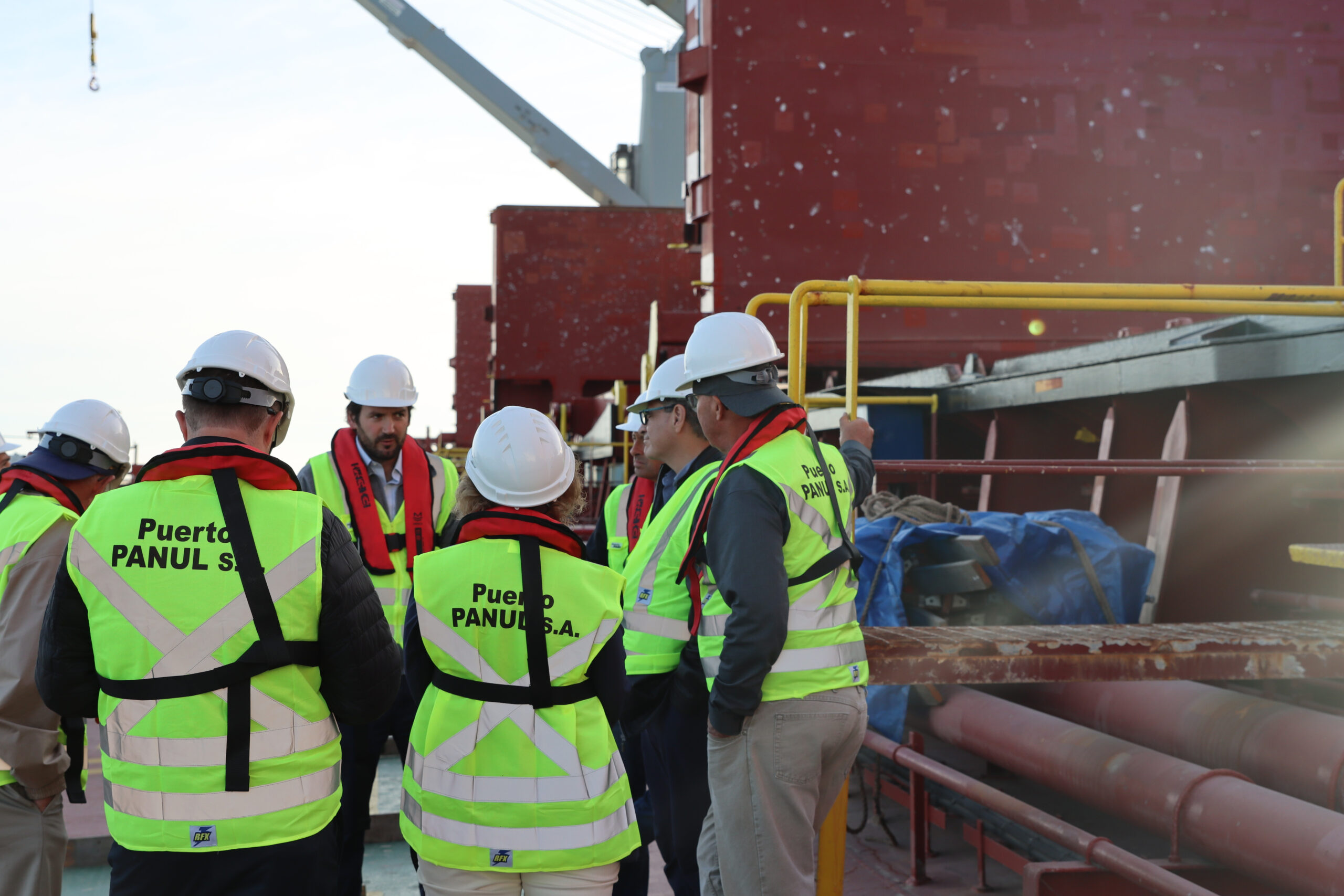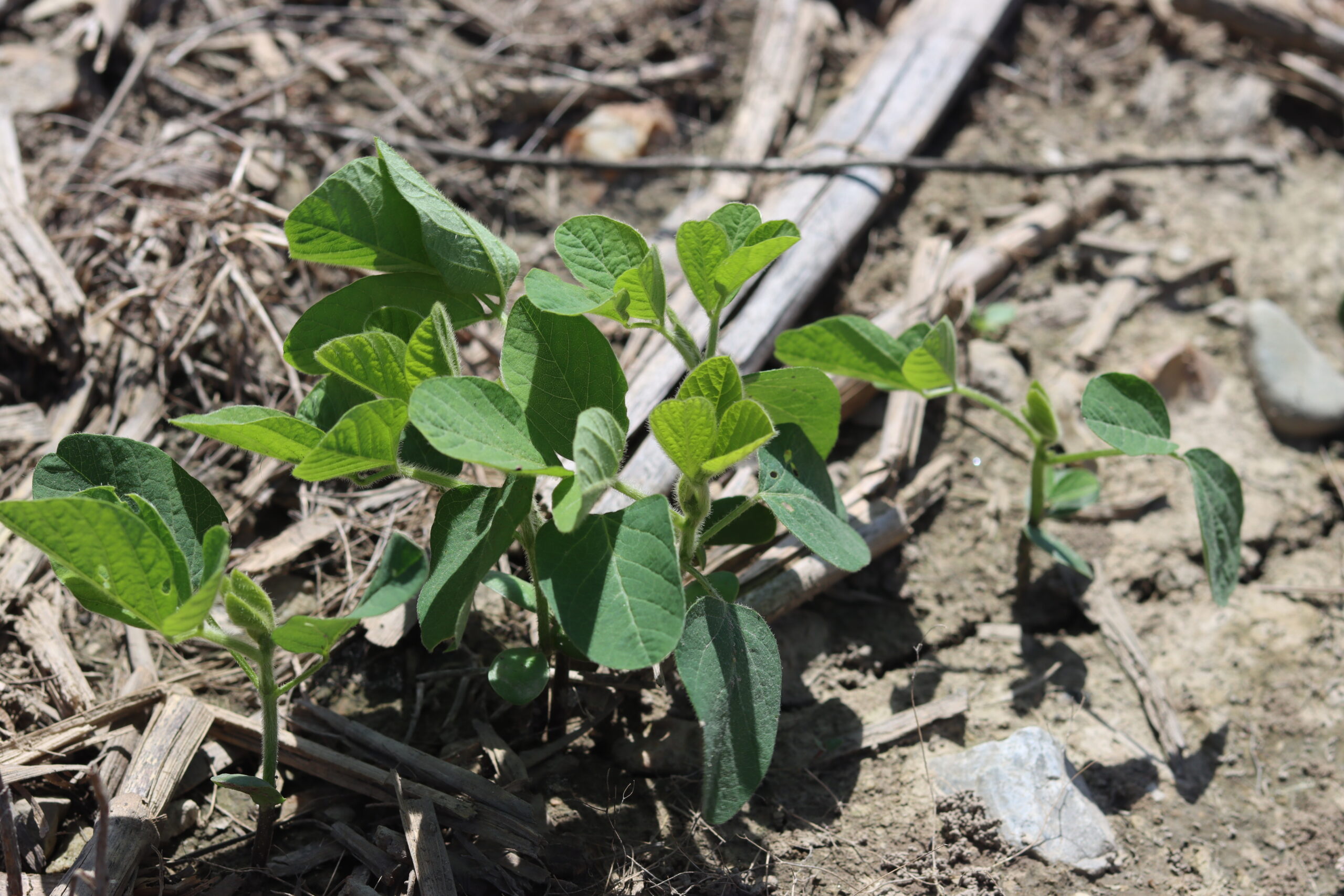Of all the indicators defining whether a supply chain is effective, predictability and reliability are supreme. They are even more important than the cost or speed of transportation. If a shipper does not have confidence that the supply chain will arrive, depart and deliver as expected, that supply chain is by definition dysfunctional. Unfortunately, the soybean industry and the broader economy have experienced a number of supply chain challenges that have diminished the predictability and reliability that are necessary for success.
This past spring has served as a reminder how the pendulum can dramatically swing regarding navigation on the inland waterway system. In the fall of 2022, the main topic of discussion was the historically low water levels on the Mississippi River and other navigable rivers. By contrast, this spring we have witnessed high water levels that have presented challenges for barge transportation — particularly along the Upper Mississippi.
In late 2022, much attention and concern were directed to the potential of a railroad strike or lockout due to the inability for rail roads and labor unions to agree to a new five-year contract. The large question mark that was increasingly imposed on our nation’s freight rail industry created significant anxiety that the products grown, produced and consumed in the country may not be able to make the journey between supply and demand. That was an unacceptable scenario for agriculture and the many industries that depend upon reliable rail service. We were pleased President Biden and Congress were responsive to the concerns of agriculture and others and took the necessary action to prevent this significant supply chain disruption from occurring.
Increasing attention has been devoted to the contract negotiations between the Pacific Maritime Association (PMA) and the International Longshore and Warehouse Union (ILWU) due to slowdowns and temporary work stoppages this spring at the ports of Los Ange les and Long Beach.
The past several years have served as a vivid reminder to agriculture and the broader economy that supply chains matter. The prices and availability of goods at grocery and retail stores and the profitability of so many industries are closely linked to the reliability, or lack thereof, of our multi-modal transportation system. This reliability has been negatively impacted by a variety of challenges, including the COVID pandemic, weather, domestic and global economic stress, political unrest, energy scarcity and cost, management and labor tension, and scarcity of workers. Americans used to take for granted that our transportation system would reliably connect supply with demand, but unfortunately, that often has not occurred during the past several years.
Historically, when transportation leaders and stakeholders have deliberated on supply chain priorities, focus was often devoted to increasing capacity, decreasing costs or enhancing speed. These priorities are still critical, but increasing energy and attention are now being devoted to promoting greater resilience to the supply chain. It is not sufficient to have a multi-modal transportation system that is economical and fast. It must also be able to withstand the challenges imposed by an increasingly unpredictable world.
When defining resiliency, most tend to focus on the ability or capacity to recover quickly from difficulties. As our nation’s leaders and stakeholders endeavor to build greater resiliency into our multi-modal transportation system, I think we would be well advised to expand our definition.
I believe a helpful analogy is from the sport of boxing. When considering what makes a resilient boxer, it is a function of three abilities:
- The ability to slip a punch
- The ability to absorb a punch
- The ability to recover from a punch
Slipping a punch involves the ability to avoid getting hit. It results from anticipating what kind of attacks will occur when they will occur, and how they will occur. If we want to promote an infrastructure that is able to slip the punches that may emerge, we must enhance our preparation, predictive analysis and forecasting, communication lines among impacted constituencies, and the promotion of innovative designs.
Even if a boxer is overall effective at avoiding getting hit, there will be times when the boxer will be punched. At that moment, the question is whether the boxer can absorb the punch and resume the match or whether the boxer will no longer be able to proceed. This is the reason why boxers in training emphasize sit ups and other core-strengthening exercises. Our transportation system will be hit by any number of challenges. The question, therefore, is what are the sit-ups that are needed to ensure our infrastructure can absorb the punches that will indeed occur. Is our nation doing the preventative maintenance and enhancements to fortify our infrastructure? This also involves not “putting all your eggs in one basket” by promoting multiple supply chain options. The more diverse the supply chain, the better positioned agriculture, and the overall economy, will be.
Finally, there will be occasions in which even the most nimble and physically fit boxer will be hit and drop to the canvas. When that occurs, the question is how quickly the boxer can recover and rise from the canvas. If we want an infrastructure that can quickly rise from canvas, it is not only a function of deploying resources, but it is also a function of having policies and procedures in place that allow those resources to be quickly deployed. After all, a well-equipped ambulance is not effective if it arrives an hour after the emergency call was issued.
The Soy Transportation Coalition, working with the Missouri Soybean Merchandising Council, will continue to promote greater resiliency in the agricultural supply chain. From promoting the deepening of the lower Mississippi River, to greater export capacity in the Pacific Northwest, to more reliable rail service, to greater capacity of trucking, to more cost-effective ways of replacing and repairing rural bridges, to utilizing soy- based asphalt and concrete sealants to preserve the life of roads, soybean farmers are focused on ensuring our supply chain can enable the industry to remain competitive and profitable in an increasingly unpredictable world. Having a resilient infrastructure is key to this, and much of this effort to achieve this must occur earlier. The best time to respond to a challenge is before the challenge, rather than after it.


